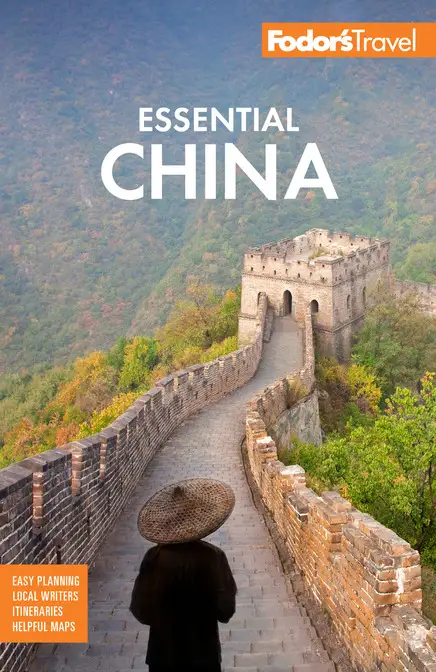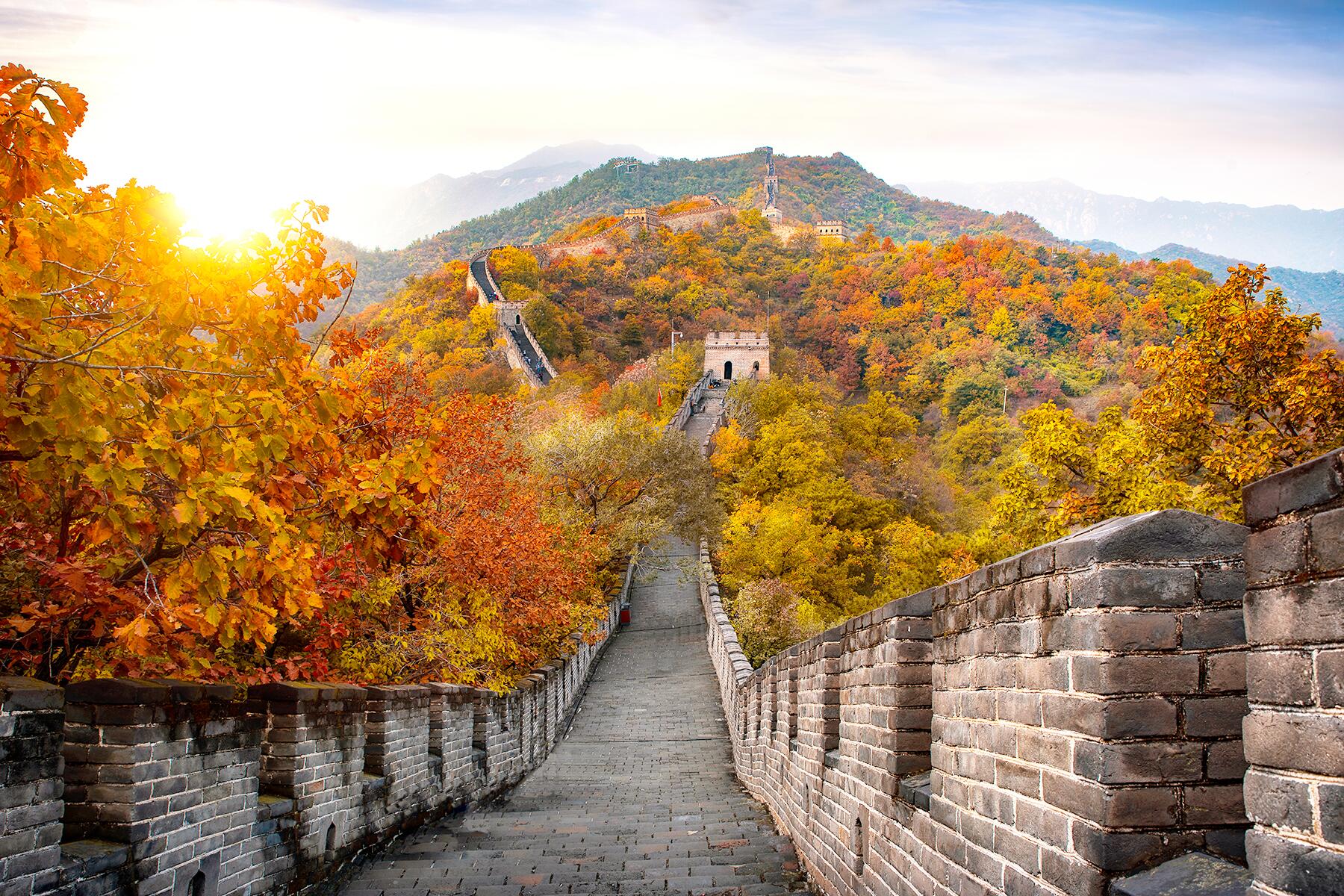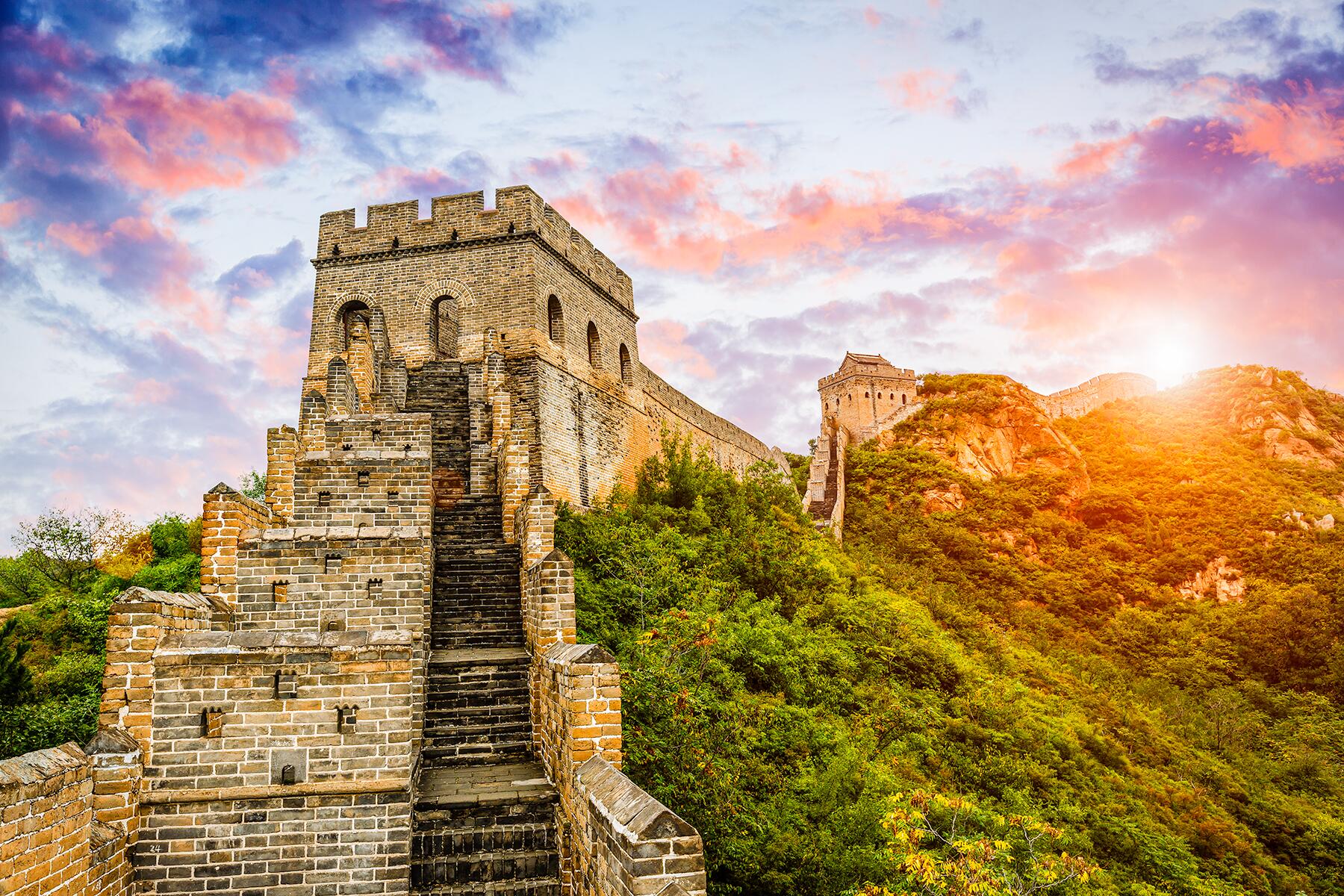The Silk Road
The Silk Road
The Silk Road spans from far Western China’s snowcapped mountains, scorching deserts, and glassy lakes to the thriving metropolis that is Xi'an. It may not be the bustling trade route it once was, but the area still remains alive and kicking.
While the area is one of the most isolated and less-traveled parts of China, it remains one of the most interesting culturally, as a locus where people from Tibet, Kazakhstan, the Han Chinese, and others continue to mix and mingle. There’s no shortage of monasteries, mosques, bustling markets, and historical sites to visit, although much of Kashgar’s Old City has been and continues to be demolished by Chinese authorities.
The history of the Silk Road starts in 138 BC, when Emperor Wudi of the Han Dynasty sent a caravan of 100 men to th...
Read MoreThe Silk Road spans from far Western China’s snowcapped mountains, scorching deserts, and glassy lakes to the thriving metropolis that is Xi'an. It may not be the bustling trade route it once was, but the area still remains alive and kicking.
While the area is one of the most isolated and less-traveled parts of China, it remains one of the most interesting culturally, as a locus where people from Tibet, Kazakhstan, the Han Chinese, and others continue to mix and mingle. There’s no shortage of monasteries, mosques, bustling markets, and historical sites to visit, although much of Kashgar’s Old City has been and continues to be demolished by Chinese authorities.
The history of the Silk Road starts in 138 BC, when Emperor Wudi of the Han Dynasty sent a caravan of 100 men to the west, attempting to forge a political alliance with the Yuezhi people living beyond the Taklamakan Desert. The mission was a failure, and only two men survived the 13-year return journey, but they brought back with them to Chang'an (present-day Xi'an) tales of previously unknown kingdoms: Samarkand, Ferghana, Parthia, and even Rome. More important, they told stories about the legendary Ferghana horse, a fast and powerful creature said to be bred in heaven. Believing that this horse would give his armies a military advantage over the Huns, Emperor Wudi sent a number of large convoys to Central Asia in order to establish contact with these newly discovered kingdoms—and to bring back as many horses as possible. These envoys of the Han emperor were the first traders on the Silk Road.
The extension of the Silk Road beyond Central Asia to the Middle East and Europe was due to another ill-advised foreign excursion, this time on the part of the Roman Empire. In 55 BC Marcus Licinius Crassus led an army to the east against Parthia, in present-day Syria. The battle was one of Rome's greatest military defeats, but some of the survivors were able to obtain Chinese silk from the Parthians. Back in Rome, wearing silk became the fashion, and for the first time in history a trade route was established covering the 5,000-mile journey between East and West.
It might seem odd today, but the two empires knew very little about the origins of their precious cargo. The reason for this common ignorance was the complicated supply chain that transported goods over the Silk Road. No one merchant made the entire journey, but wares were instead brought from kingdom to kingdom, switching hands in the teeming bazaars of wealthy oasis cities along the way.
Over time, the Silk Road became less important due to the opening of sea routes, and was dealt a death blow by the isolationist tendencies of the Chinese Ming Dynasty in the 14th century. Yet today the Silk Road is being resurrected to transport the modern world's most precious commodity: oil. China's rapid development has created an almost insatiable appetite for energy resources. In the last few years, pipelines have been completed from Kazakhstan and Xinjiang to Shanghai.
Recommended Fodor’s Video
Hotels
Things to Do
Things to Do
Explore Things to Do
Find the perfect tours and activities in The Silk Road.
Where to Eat
Where to Eat
Need to Know
Need to Know
Language
Mandarin ChineseNearby Airports
XIYElectrical Outlets
220v/50 cycles; plugs have two flat prongs. Hong Kong plugs have three flat pinsCurrency
Renminbi (also known as the yuan)Language
Mandarin ChineseElectrical Outlets
220v/50 cycles; plugs have two flat prongs. Hong Kong plugs have three flat pinsCurrency
Renminbi (also known as the yuan)Nearby Airports
XIYWhen to Go
The best time to visit is from early May to late October, when it's warm and the land is in bloom with grasses and flowers. It's also high tourist...Read More
Neighborhood Guides
Discover the best neighborhoods in The Silk Road with curated recommendations from our editors.
essentials
transportation
resources
When to Go
The best time to visit is from early May to late October, when it's warm and the land is in bloom with grasses and flowers. It's also high tourist...Read More
Neighborhood Guides
Discover the best neighborhoods in The Silk Road with curated recommendations from our editors.
When to Go
The best time to visit is from early May to late October, when it's warm and the land is in bloom with grasses and flowers. It's also high tourist...Read More
Neighborhood Guides
Discover the best neighborhoods in The Silk Road with curated recommendations from our editors.
essentials
transportation
resources
Articles
Articles See All
Guidebooks
Guidebooks
Our worldwide travel correspondents bring you the best and most up-to-date coverage of over 7,500 global destinations.
Shop NowFodor's Essential China
Ready to experience China? The experts at Fodor's are here to help. Fodor's Essential...














